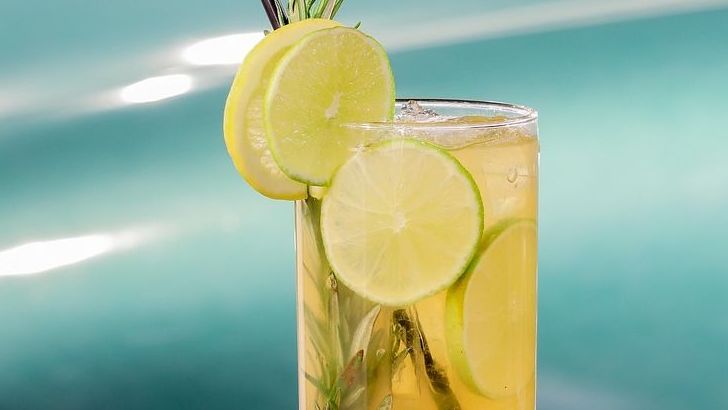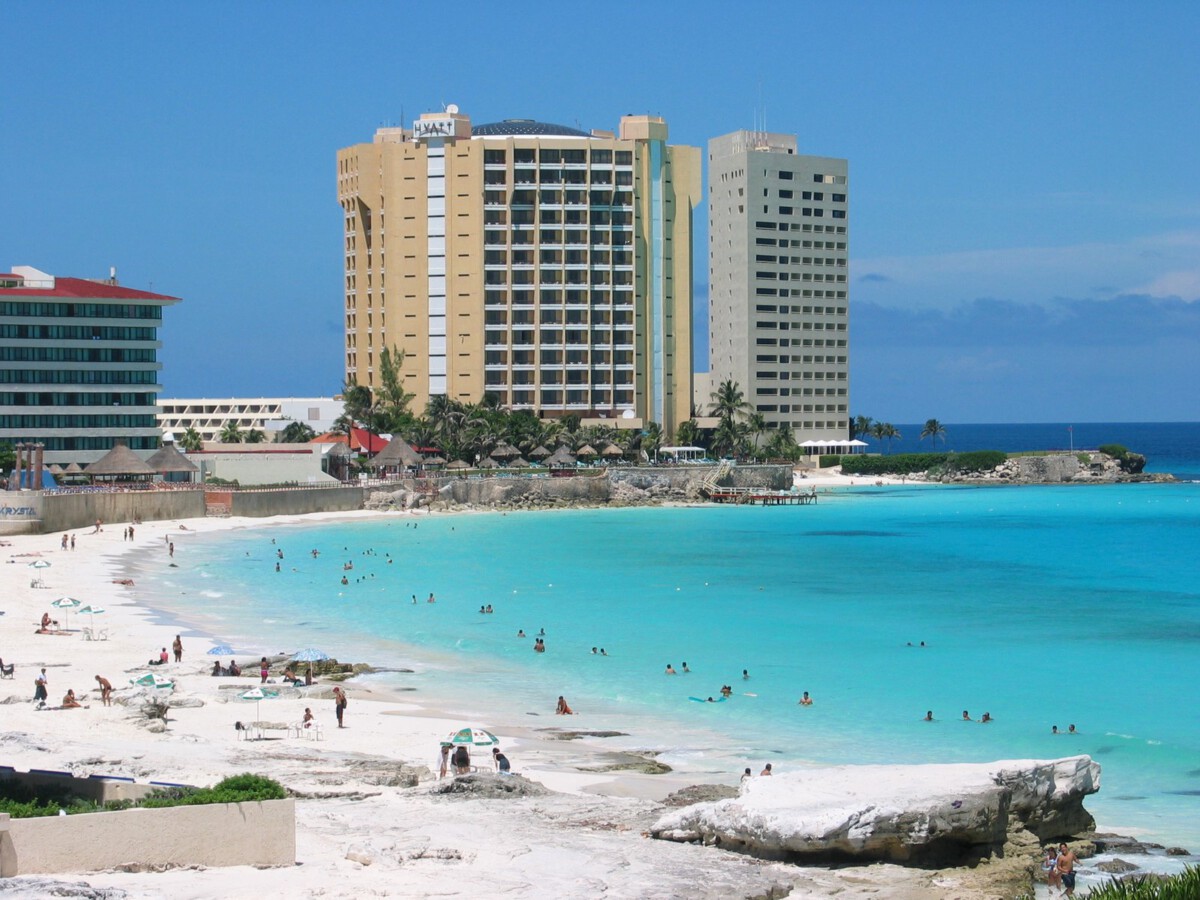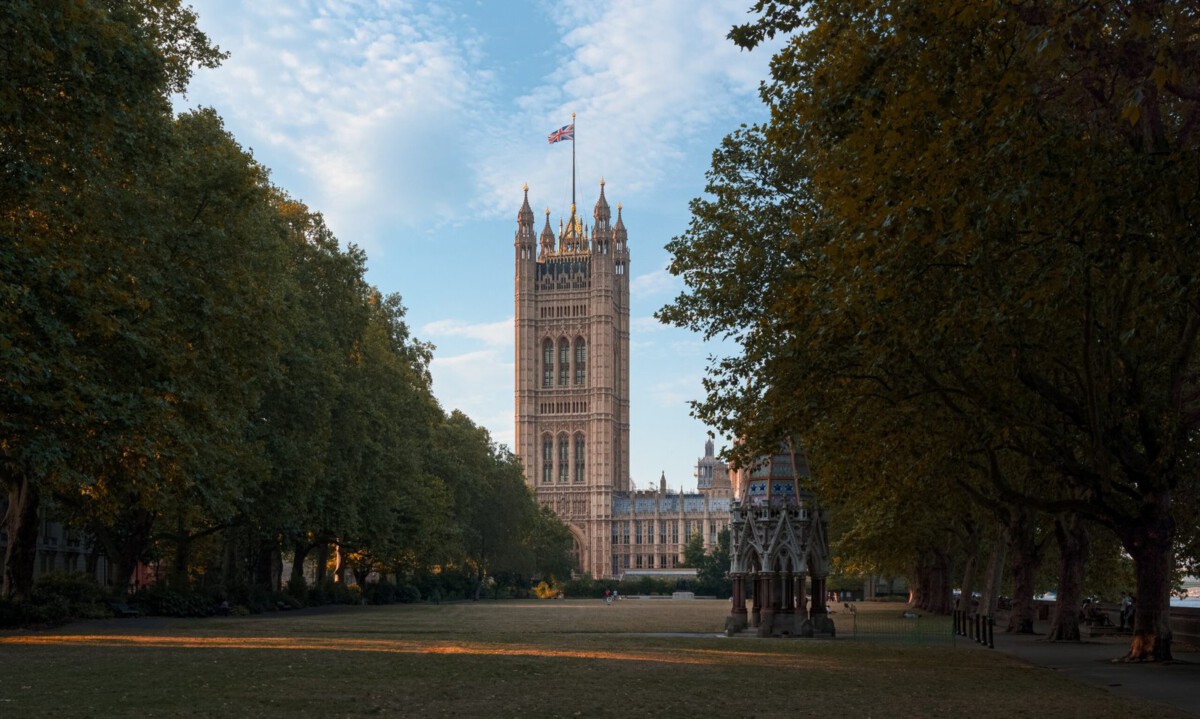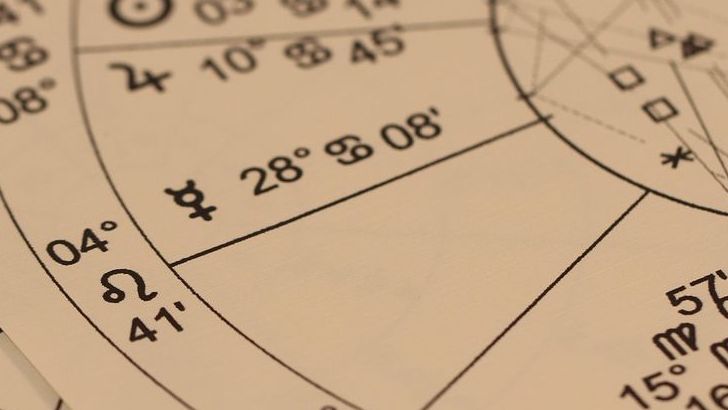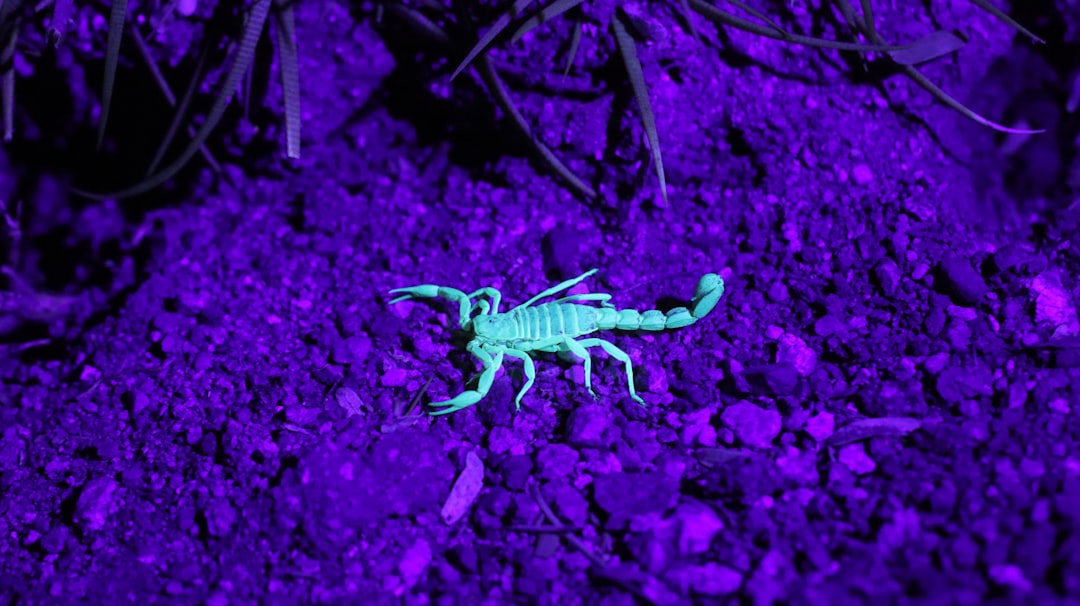The Cocktail Revolution: From Medicine Cabinet to Social Status Symbol

The transformation of American cocktails began at the dawn of the 20th century when drinks evolved from purely medicinal purposes to sophisticated social statements. To hide the taste of poorly distilled whiskey and “bathtub” gin, speakeasies offered to combine alcohol with ginger ale, Coca-Cola, sugar, mint, lemon, fruit juices and other flavorings, promoting the enduring mixed drink, or “cocktail,” in the process. This innovation born from necessity during Prohibition fundamentally changed how Americans viewed mixed drinks.
The cocktail culture that emerged wasn’t just about getting around bad liquor – it became a symbol of sophistication and rebellion. Andrew, the book notes, “possessed an almost uncanny ability to cater to the public’s fancies in foods, wines and line liqueurs,” a knack clearly passed on to his sons, who offered bottled cocktails – Manhattans, martinis and more – for guests to take away. By the 1930s, cocktail parties had become the sophisticated social gathering of choice for middle-class Americans.
The rise of mixed drinks reflected broader social changes, particularly the increasing participation of women in public drinking culture. No longer segregated from drinking together, men and women reveled in speakeasies and another Prohibition-created venue, the house party. Restaurants offering booze targeted women, uncomfortable sitting at a bar, with table service. This shift created a more refined drinking culture that emphasized craftsmanship and presentation over pure alcohol content.
The economic impact was substantial, with The cocktail – and spirits generally – have played a significant role in American history, experience revolution, prohibition, and revival. We acquire books, manuscripts, documents, and occasionally artifacts, which contribute to the scholarship around the ever-evolving place of the cocktail in food and social history. The cocktail culture that began in the early 1900s established patterns that would influence American drinking habits throughout the entire century.
Soda Fountain Culture: Where Community Met Commerce

Americans were reportedly spending hundreds of millions of dollars annually at soda fountains by the late 1920s. This staggering figure reflects how central these establishments had become to American social life by the end of the 1920s. Soda fountains weren’t just places to grab a drink – they were community hubs where neighbors gathered, teenagers courted, and families celebrated special occasions.
The soda fountain’s origins trace back to medicinal purposes, but their evolution tells the story of American entrepreneurship and changing social attitudes. In the first decades of the 20th century, the shops were also considered sober alternatives to bars as social venues. A 1915 issue of Soda Fountain magazine said: “The soda fountain of today is an ally of temperance… Ice cream soda is a greater medium for the cause of temperance than all the sermons ever preached on t This positioning helped soda fountains gain acceptance during a time when alcohol consumption was increasingly controversial.
The variety of offerings at soda fountains was remarkable, reflecting both American innovation and the desire for comfort during uncertain times. So each winter, soda fountains recommended what they called “hot sodas,” which could mean anything from hot eggnog to hot mint juleps to a “Reeking Smatch” (a blend of clam juice, cream, and ginger). Although largely forgotten, the appearance of these drinks heralded the start of a new season in the United States just as the pumpkin spice latte does today.
Soda fountains reached their height in the 1940s and 1950s. During this golden age, they represented American optimism and prosperity, offering everything from simple sodas to elaborate sundaes that celebrated abundance after years of wartime rationing.
The Malted Milk Phenomenon: Health Food Turned Social Treat

The malted milk shake represents one of America’s most successful transformations of a health product into a social staple. Malts and milkshakes are not the same. To be fair, they have a lot in common, but one key ingredient sets them apart… malted milk powder, invented in the 1870s by William Horlick and patented in 1883 who actually thought he was inventing health food! What began as a medicinal supplement for invalids and children became the cornerstone of American teenage culture.
The health origins of malted milk powder solved real problems in late 19th-century America. In the late 19th Century, before modern refrigeration and pasteurization, milk was commonly infected with diseases, such as the dreaded tuberculosis. The 19th Century expression “the summer sickness” referred to diseases spread by milk. Horlick’s innovation provided a safe, shelf-stable alternative that doctors could confidently prescribe to their patients.
The transition from medicine to social drink happened gradually through the soda fountain culture. Malted milk was a natural for the soda fountain. It was not only nonalcoholic but regarded as healthful. This positioning allowed parents to feel good about their children’s consumption while kids enjoyed what tasted like an indulgent treat.
By the peak years of the 1940s and 1950s, malted milk shakes had become integral to American youth culture. The 1940s was also the heyday of soda shops that combined soda fountain service with ice cream and malts that were the hangout for teenagers who listened to music on the juke box. The malt shop became as American as baseball, representing innocent romance and wholesome fun in an era of rapid social change.
Tang: The Space Age in a Glass

Tang represents the ultimate intersection of American technological optimism and marketing genius. Tang was formulated in 1957 but first marketed in 1959 as a vitamin C-packed breakfast drink. Its selling point was that the powdered mix was shelf-stable, and it was promoted as a healthier and more convenient alternative to fresh orange juice. What started as a modest attempt to improve breakfast nutrition became a cultural phenomenon when NASA came calling.
The transformation of Tang from shelf-sitter to sensation happened almost overnight. Sales were poor until NASA selected it for use on John Glenn’s 1962 Mercury flight and subsequent missions. President John F. Kennedy’s vision to explore the “new frontier” of space ignited the public’s imagination. Suddenly, what had been seen as artificial and inferior to fresh orange juice became the drink of heroes.
General Foods’ marketing strategy brilliantly capitalized on America’s space fever. After all, “Tang was chosen for the Gemini astronauts,” as a 1966 advertisement for the classic orange drink stated. Gemini was NASA’s second human spaceflight mission in the lead-up to the moon landing. The association with space exploration gave Tang an aura of scientific advancement and American superiority that no amount of traditional advertising could have achieved.
The practical reasons NASA chose Tang reveal much about both space travel and American food culture of the era. Water on the spacecraft was created by a nontoxic chemical reaction, which made the water taste poor and unenjoyable. Adding the orange flavor made the water more palatable. Astronauts aboard the International Space Station today still drink Tang, and the beverage remains available to Earth-bound consumers as well.
Classic Colas: The Democratic Drinks of America

The story of American cola begins with humble medicinal origins but explodes into a tale of marketing genius and cultural dominance. In 1886, Atlanta pharmacist John Pemberton mixed up sweet, brown-colored syrup with soda water. Coca-Cola was then sold at a neighborhood drug store that had a soda fountain, selling about nine 5-cent glasses per day. From this modest beginning grew what would become America’s most recognizable beverage export.
The rise of cola culture paralleled America’s industrial expansion and social changes. Coke’s status as the soda industry leader combined with its advertising power made it the go-to soft drink Americans associated with the ultimate American fun food: a hamburger, fries, and a Coke. Coke also positioned itself as a multi-cultural drink that appealed to open-mined young people who were concerned about the Vietnam War, civil rights, and the environment.
The transformation of colas from occasional treats to daily beverages represents a fundamental shift in American consumption patterns. Until the 1970s, coffee was the number one drink in America followed by sodas at number two and milk at number three, but that all changed in the disco era and by 1977, sodas were the number one drink in America. This shift reflected changing lifestyles, increased mobility, and the growing influence of youth culture on American society.
The competitive nature of the cola industry drove innovation and shaped American marketing forever. After reorganization, the company introduced the 12-ounce, 5-cent bottle of Pepsi, paving the way for the product’s success. Early marketing slogans for Pepsi include “Twice As Much For a Nickel” (1940s), “The Light Refreshment” (1950s), “Taste That Beats the Others Cold” (mid-1960s) and “You’ve Got a Lot to Live” (early 1970s). These competing messages helped establish soft drinks as essential parts of American identity rather than simple refreshments.

